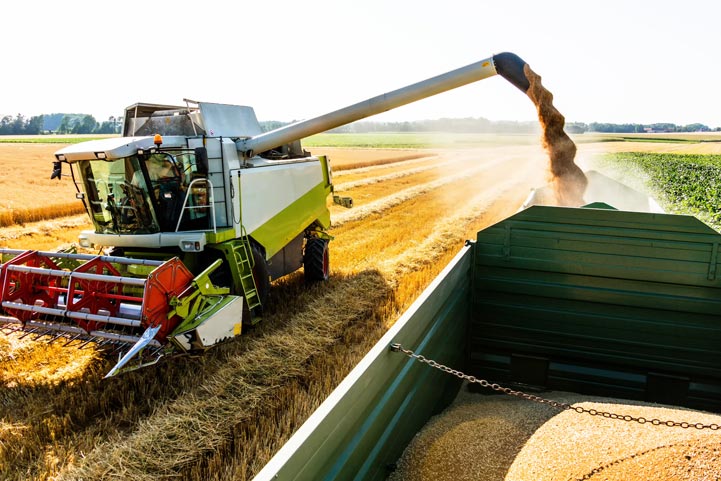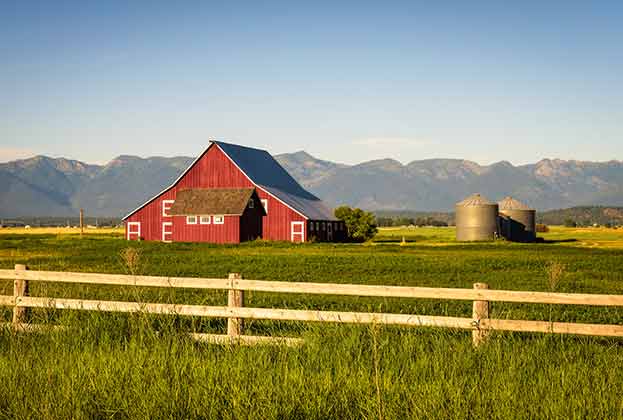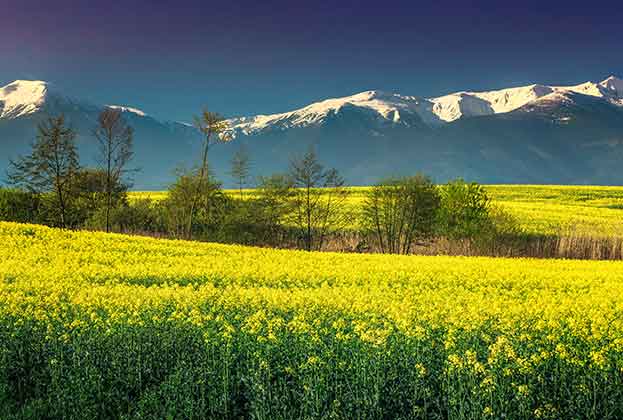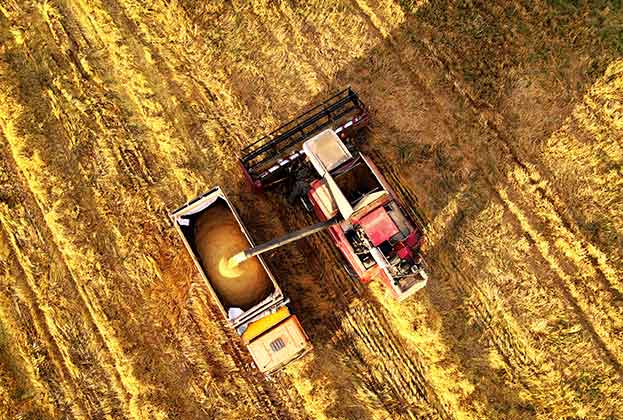Savills Global Farmland Index reveals the performance of premium agricultural land across the world
After the hiatus of transactional activity and sluggish capital appreciation due to Covid-19 in 2020, 2021 proved a strong year for global farmland markets. Savills Global Farmland Index (GFI) tracks average capital value performance for premium agricultural land (principally cropland) across the world in USD per hectare. Our research recorded an average growth rate of 18% during 2021, the strongest since 2011, and an 11% compound annual rate over the past 19 years (2002–2021). Particularly strong performers over the last year were New Zealand (49%), Brazil (38%) and Australia (31%).
TOP PERFORMERS:
1. New Zealand capital value appreciation was driven by strong performance in dairy land, with median dairy property values up 37% to NZD 45,430 per hectare in December 2021. Milk prices saw strong growth during 2021, with average prices paid by Fonterra up 16% versus 2020. The total volume of farm sales for the 2021 calendar year increased considerably from 2020, reinforcing the strong demand for continuing investment in New Zealand rural land. In the year to December 2021, 1,831 farms were sold – 235 more than were sold in 2020, with 84% more dairy farms. As we enter 2022, the market remains strong, despite very limited international activity after the government substantially tightened the foreign ownership restrictions on farmland at the end of 2017.
2. Brazilian farmland markets also had a very strong 2021, with average values now back at levels last seen in 2013. There was price growth across all farm types, including premium crop production land and pastureland for cropland conversion. Market activity has slowed somewhat more recently as investors await the outcome of the general election in October 2022, with most opinion polls predicting a change of leadership.
3. Australian farmland continues to perform strongly with average prices now almost two-and-a-half times what they were in 2017. The median price rose above AUD 7,000 per hectare for the first time in 2021, with the strongest AUD growth in Western Australia (36%) and Queensland (31%). Farmland transactions increased by a significant 23% to 10,032, the largest increase in transaction volume in the past 27 years, equating to a total of 10.8 million hectares of land traded at a record high combined value of AUD 15.6 billion.
Outside of these top-performing three markets, Western European land markets also had a good year: the star performer in the Savills GFI was Ireland (16% EUR growth; 20% USD growth); the UK also recorded modest growth (5% GBP growth; 13% USD growth). Canada performed strongly too, with prices rising 8% in CAD and 16% in USD terms.

Performance vs other asset classes
Gold prices eased during 2021, following a surge during 2020 as investors sought an asset to hedge against Covid-19 uncertainty. Oil prices also impacted by Covid-19 recovered during 2021 as economic activity and transport resumed. At 18% growth, farmland saw its strongest growth since 2011 (when the GFI reported 20% growth) mirrored by the steady growth of the cereals and food price indices.
The start of a new economic period: rising inflation, rising interest rates
During 2021, inflation, which in most developed economies had been in abeyance, started to rise. By the end of the year, it had reached an average of 8.4% across the GFI countries (5.4% excluding Argentina), and it has continued to climb in 2022.
Farmland prices stand to benefit from growing concerns about food and land scarcity and the monetisation of natural capital
Nicola Buckingham, Associate Director, Rural Research
This is causing many investors to consider diversifying their portfolios. As food is a critical part of the “basket” of inflation measures in most jurisdictions, the resilience of farmland comes to the fore. Farmland also delivers stable returns over long holding periods, and exhibits low correlation to financial assets.
Additionally, farmland prices also stand to benefit from growing concerns about food and land scarcity and the monetisation of natural capital. The downside of rising inflation is the natural response of central banks to raise interest rates to try to bring inflation under control, which may impact on financing strategies.

Investment focus on permanent crops
Permanent crops are a feature of investment strategies in several of the countries included in Savills GFI. Rather than being planted, grown, and harvested annually, permanent crops (perennials) have varying lifecycles that range from 15–40 years, with a high initial outlay and several years delay before first harvest is achieved. Investing in permanent crops is a long-term, strategic investment given the long crop lifecycles. According to AgAmerica Lending, without factoring in land value appreciation, permanent crops annualised yield has remained around 15% over the past decade. Roughly 40–70% of the value of the investment is above the ground in the form of a tree or vine.
A further reason for new interest in permanent crops is its significant carbon benefits, attracting new generations of agricultural investors. Permanent crops have a greater capacity to remove carbon dioxide from the atmosphere and store it in biomass and soils than annual crops. Soil disturbance is minimised, meaning soil organisms thrive and carbon is stored at greater depths. Cover crops can often be grown between the rows, meaning production can adopt a truly regenerative approach.
Read the articles within Global Farmland Spotlight below.
.jpg)


